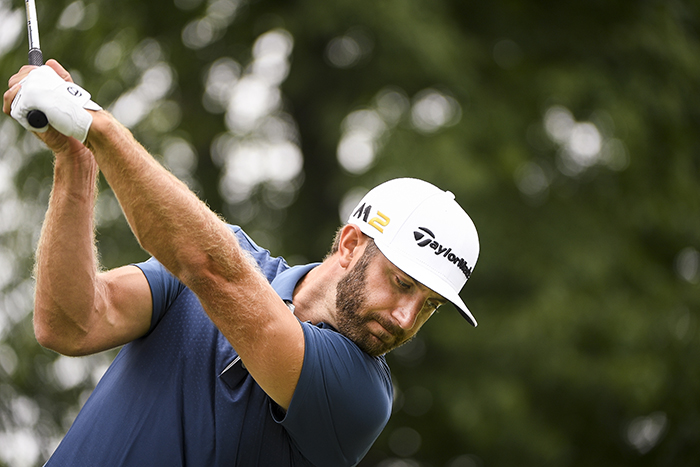Bobby Locke, with his persimmon clubs and knickerbocker socks, couldn’t possibly foresee the technological advances in golf equipment when he said ‘drive for show and putt for dough.’
The four-time Open Champion coined that illustrious phrase in the 1950s, a decade when colour TV was invented, DNA was discovered, and Mount Everest was summited for the first time.
Fast forward to 2016 and robots are used to test golf clubs for legal compliance. And for good reason, because equipment in the modern era has enabled professionals to overpower golf courses. Last year 24 players averaged more than 300 yards per drive, but back in 2000 only ‘Long John’ Daly achieved the same feat.
Callaway’s latest driver (the XR16) was developed by Boeing’s aerospace engineers, while TaylorMade’s carbon composite M2 Driver is lauded as 12 grams lighter than its predecessor. The time and money being used to develop golf equipment is changing the face of the game.
Dustin Johnson, the recent US Open champion and world number two, regularly talks about his wedge game. That’s because he takes wedge into most holes after smashing tee shots further than any course designer would like. Yes, the American is a 6ft 4in tall athlete and should hit the ball far, but his average drive goes a mind-boggling 312 yards.
The third hole at TPC Four Seasons is the longest par four on the PGA Tour circuit at 528 yards. Johnson would take seven-iron into the green if he hit a mediocre drive.
In 2015 Jason Day, while on his way to world number one, triumphed in two events where he led the field in driving distance (the Farmers Insurance Open and the BMW Championship).
Length off the tee is becoming the defining statistic in men’s golf, but where should the line be drawn?
The R&A and USGA (golf’s two governing bodies) have strict regulations on what a club can and cannot be. They agree that ‘Any further increases in hitting distances at the highest level of the game are undesirable.’
Anchored putters have been revoked and golf ball components have been restricted. Similarly, drivers must conform with a set of standards that prevent professionals from hitting the ball into the stratosphere.
Unfortunately, equipment is a multi-million dollar industry represented by the professionals. Distance sells clubs, and it also makes champions.
Mark Broadie, author of Every Shot Counts, is certain about the statistics.
‘The long game is the best separator between the best tour pros and average tour pros,’ he said in a May interview. ‘The long game explains about two-thirds of scoring.’
Right now professional golf is between a rock and a hard place.
Companies that pay the bills are desperate to continue improving distance off the tee, but the increasing dominance of big hitters is detracting from the finesse of the game.








